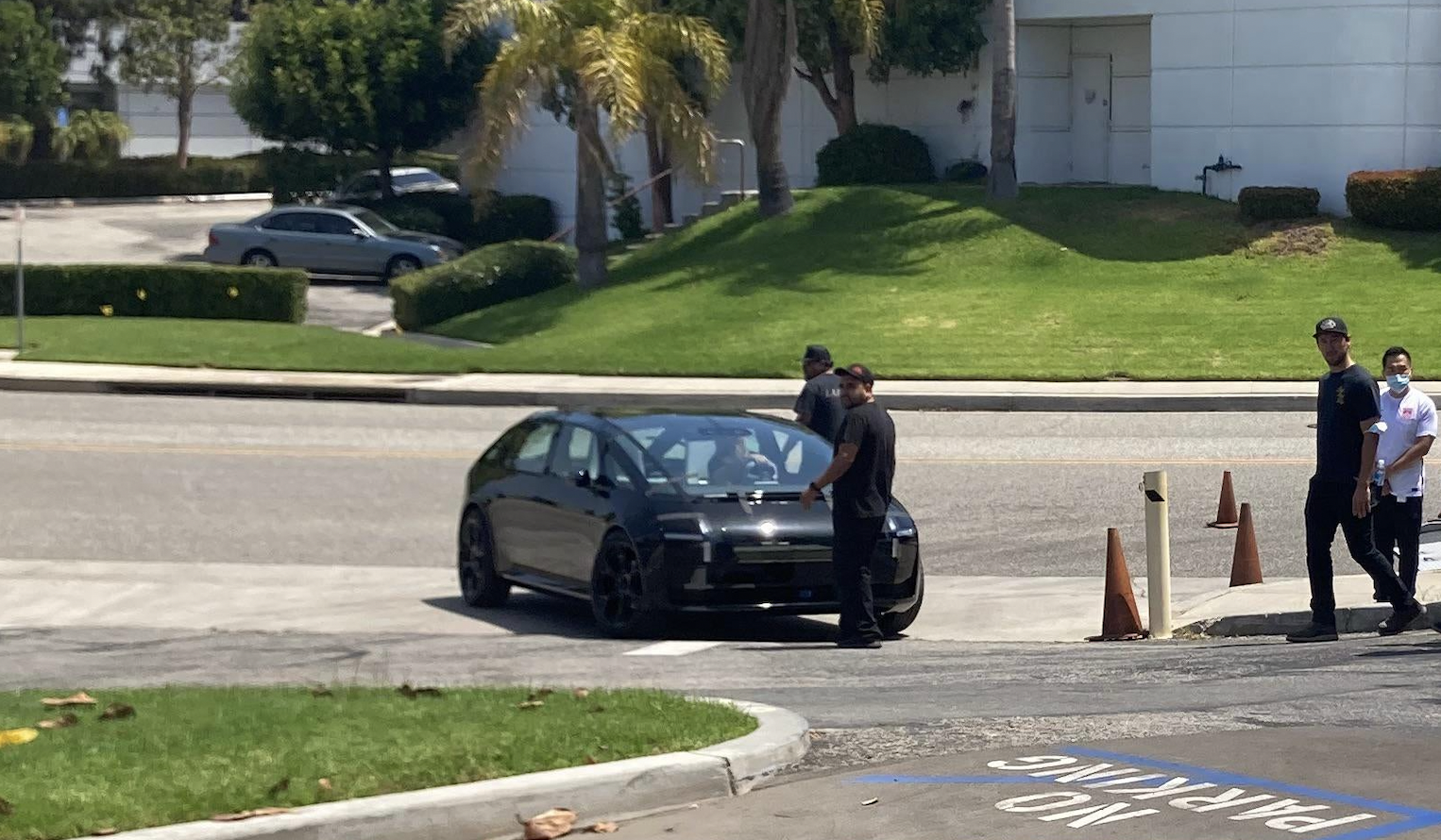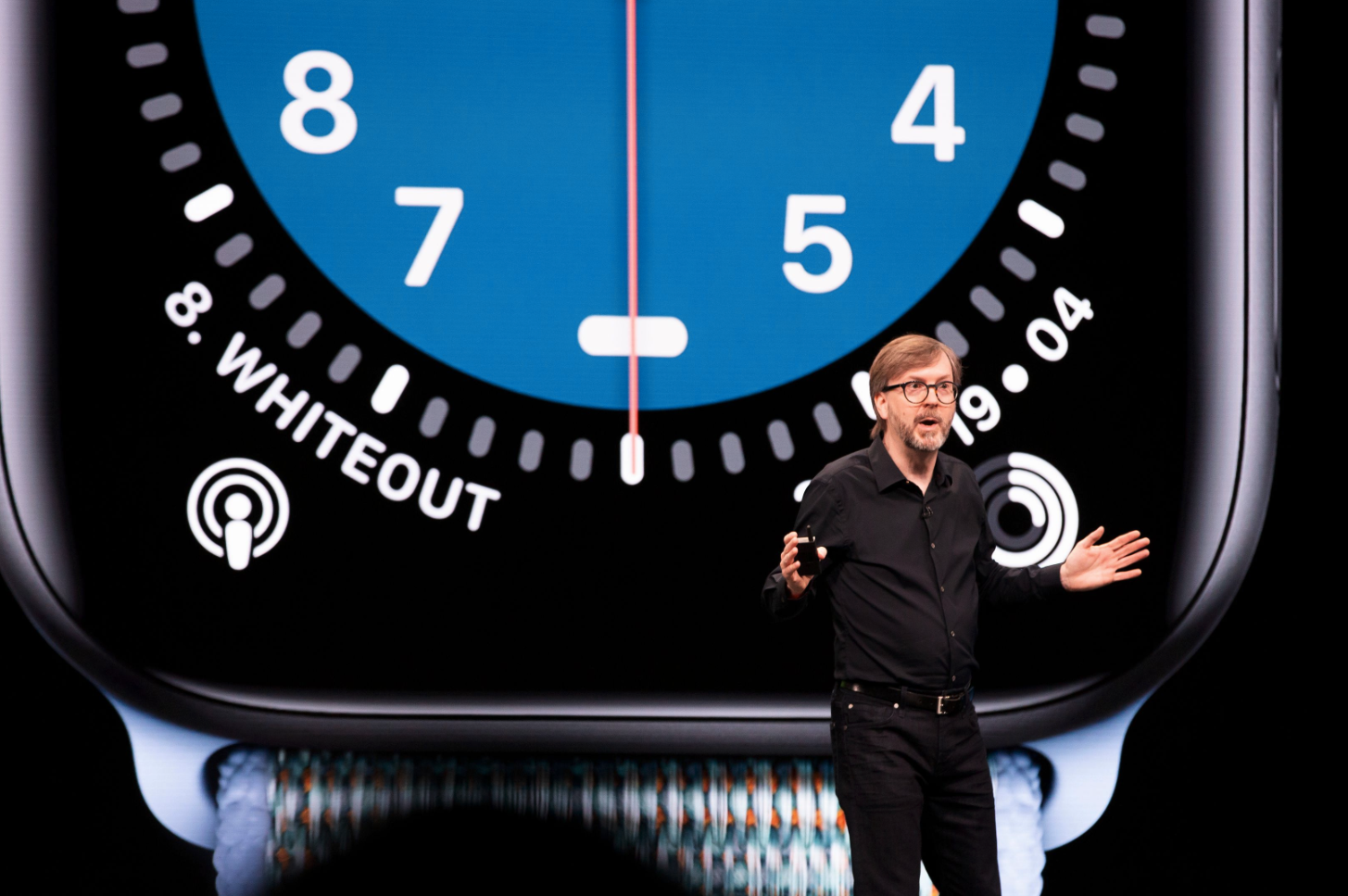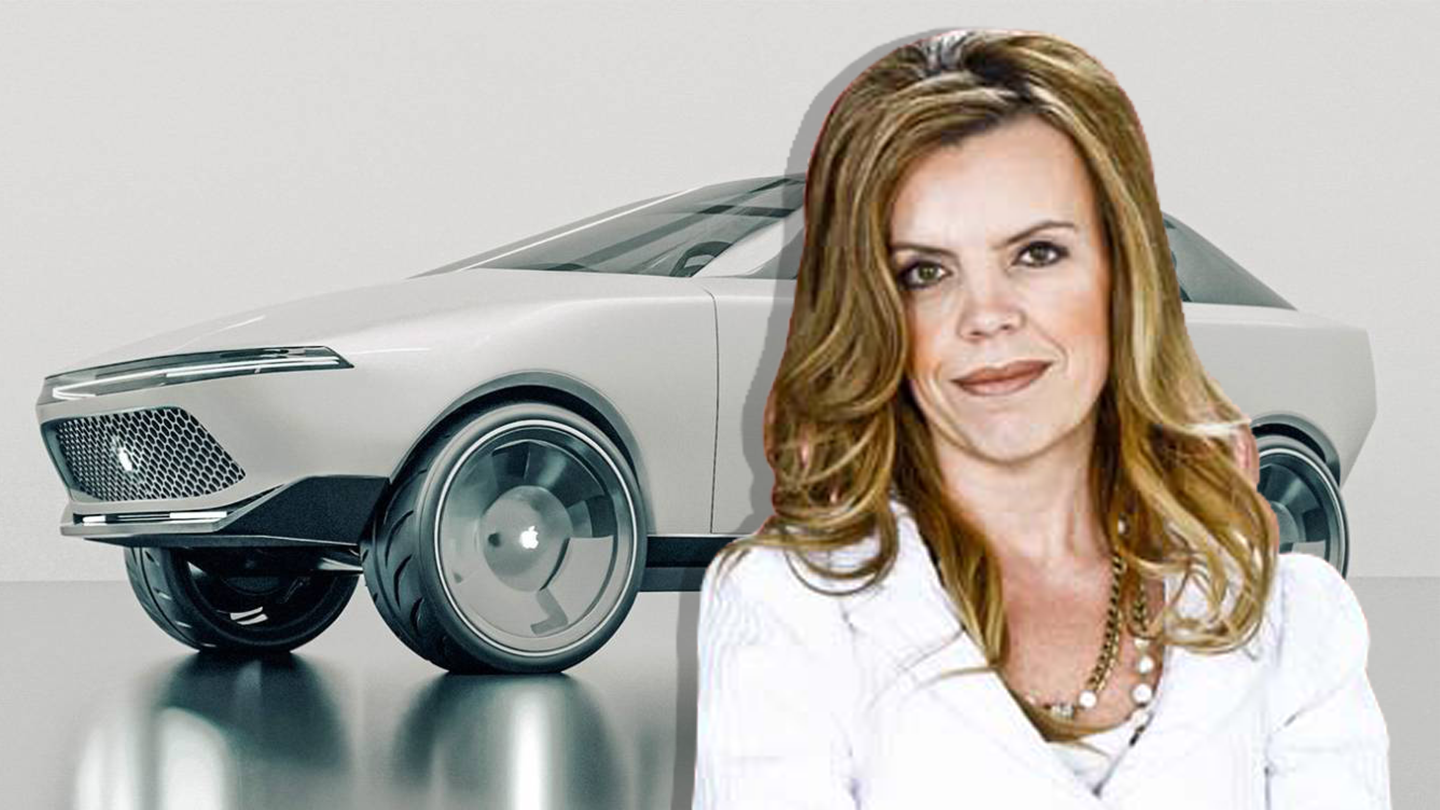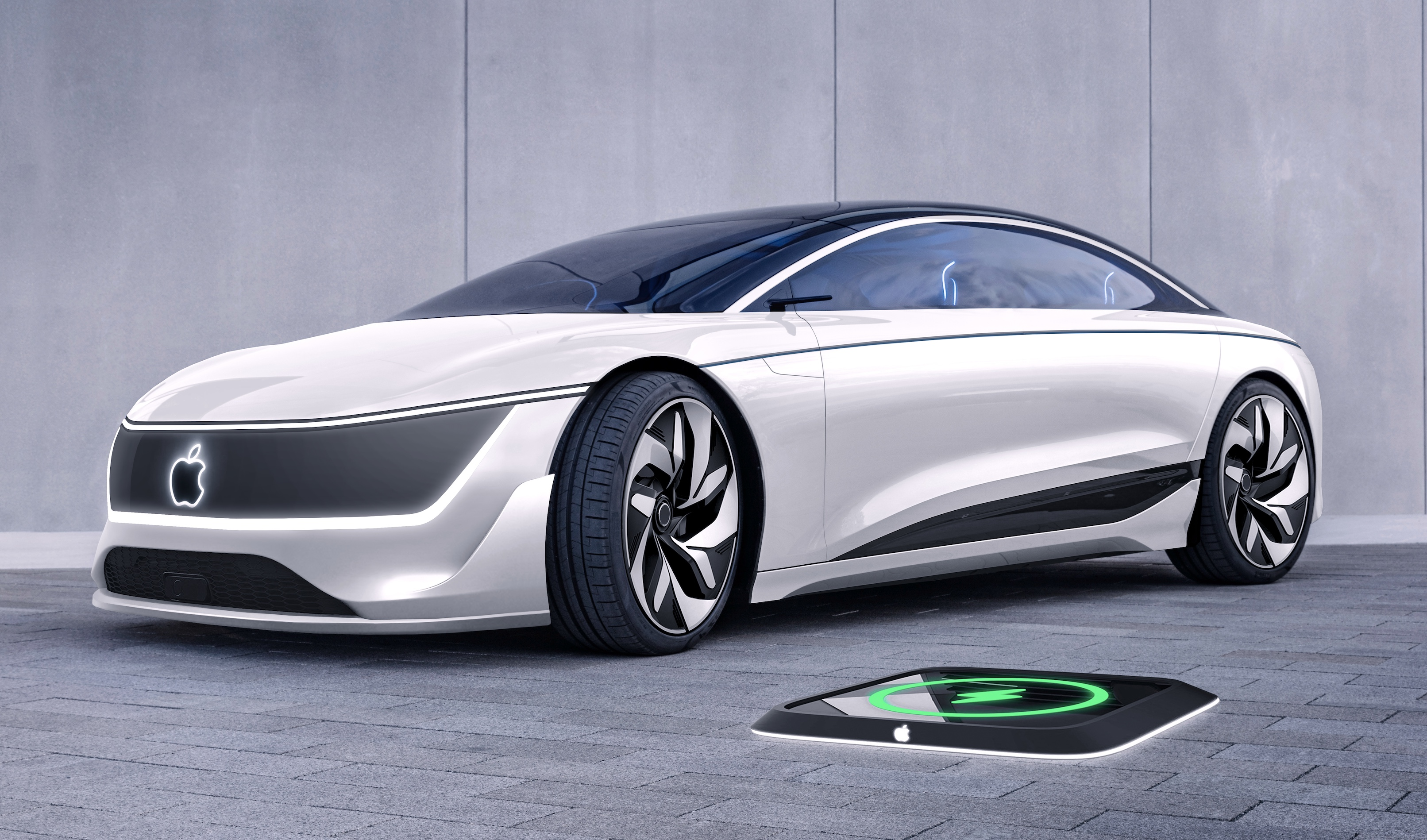On December 6th, Bloomberg reported that Apple will delay the mass production of its self-branded car by a year, which will not be produced until 2026. At the same time, Bloomberg also reported that Apple has reduced the scale of its autonomous driving project.
The content disclosed in this article is very explosive. Apple previously expected the price of each car to exceed $120,000 (about 840,000 RMB), but now the latest target is less than $100,000 (about 700,000 RMB).
This means that the “Apple car” mass-produced in 2026 will correspond to the Tesla Model S, Mercedes EQS, and Lucid Air, such as medium- and large-sized sedans currently on the market.
Give up Fully Autonomous Driving?
The article revealed that Apple has not yet determined the specific design of its first car model and is still in the “prototype verification” stage.

The hardware design of this car is led by Dr. Ulrich Kranz, the former CEO of Canoo. You can refer to Canoo’s current car models. I have also introduced this new American force called Canoo, which has experienced a second rebound in stock prices and is preparing for mass production:
Canoo, an American Start-up Eyeing China’s Techracen, is Living a Tough Life
Canoo’s Fourth Car Model’s Appearance Is Exposed! Maybe You Can See the Shadow of the Apple Car
Apple had ambitious plans to mass-produce “Level 5 true autonomous driving” and even designed the entire vehicle with “unmanned” as the core concept.
However, in the past few months, Apple has realized that the technical difficulties of achieving unmanned driving cannot be overcome in the short term, and has finally compromised. From autonomous driving to assisted driving.
Apple plans to launch a car model with a complete driving kit, including a steering wheel and pedals. The goal is to provide additional functions such as watching movies and playing games on highways and provide enough time for drivers to switch to manual control in bad weather or reach urban road conditions.## Apple is exploring the idea of remote control to help drivers in emergency situations from a distance.
This is actually similar to the highly competitive high-speed navigation function pursued by domestic car companies, which is essentially L2. And the progress is even inferior to that of domestic car companies. After all, the navigation function of urban roads will begin to be pushed from 2023.
There is no finalized vehicle appearance, and the product concept that aims for fully autonomous driving has been reversed. This must be very frustrating for Apple, which began planning to build cars as early as 2014, but it recognized reality and quickly turned the tide. As a global technology giant, Apple still has strong strength.
Apple’s car-making is a personnel division
Apple Car currently has about 1,000 employees, who are distributed in Sunnyvale, California, Ottawa, Zurich, and Arizona.
Many basic engineering works, industrial design, and software development are done in Sunnyvale, while part of the development of the future car operating system is done in Ottawa (poached from QNX, a long-term car software manufacturer of BlackBerry, in 2016).

Currently, Kevin Lynch, who took over Doug Field’s position after he resigned last year, is still the head of Apple’s car-making project. I’ve reported on this before: Doug Field resigns, Apple car turns to software
Lynch’s work experience is very stable. He worked at Adobe for 17 years, serving as CTO. He joined Apple in 2013 and has been in charge of the Apple Watch project and the health business ever since.

The software is led by Stuart Bowers, a former Tesla manager.
And the safety engineering, testing, and regulatory matters will be handled by Desi Ujkashevic, a former Ford executive.
In conclusion
The current timeline for Apple’s car project is as follows:
- Design the exterior hardware by the end of 2023;
- Set up the functions before 2024;
- Test and prepare for mass production in 2025;
- Deliver on schedule in 2026.
Apple decided to choose the easier technological route with high-speed navigation technology. This reminds us that even tech giants such as Apple find it difficult to achieve short-term mass production of true self-driving technology.
However, Apple’s delay in car manufacturing for a year can provide new domestic brands such as Jidu, Xiaomi, and others with at least a one-year buffer period.
This article is a translation by ChatGPT of a Chinese report from 42HOW. If you have any questions about it, please email bd@42how.com.
